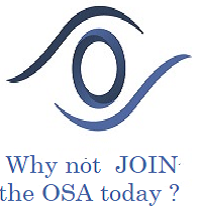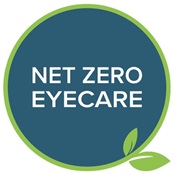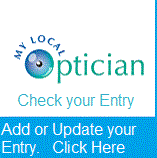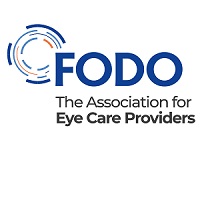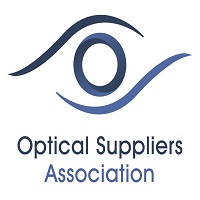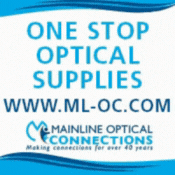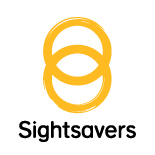Education
How digital eye care referrals will transform care
How digital eye care referrals will transform care
by Claire Roberts (NHSEI clinical lead and optometrist)
Claire Roberts, NHSEI clinical lead and optometrist, reflects on an important moment in eye care transformation as NHS regions start to implement referral and image sharing solutions funded by NHSX through the eye care electronic referral service (EeRS) programme.
I qualified as an optometrist in the 1990s, at a time when mobile phones were a luxury. There were no smartphones or tablets, we were just starting to use the internet, watched DVDs and listened to music on CDs and had no concept of live streaming. Despite many changes in the way technology has become embedded in our everyday lives and in optical practice, this has not necessarily been the case for sending referrals, with referral methods remaining largely unchanged in all that time. In my pre-registration year after university, if I needed to refer a patient after a sight test, I had to hand-write referrals and put them in the post to the patient’s GP. Roll on 30 years to 2021 and amazingly, in many areas, this is largely unchanged, with referrals still often paper-based, and sent by post and often via GP.
This year, thanks to funding from NHSX, this is about to change. Regional NHS teams will be rolling out digital referral solutions to connect high street optometrists with hospital eye services and other eye care providers. This will allow us to attach data and images to the referral and provide quick and easy access directly to the hospital.
This project has been developing at pace across England to meet a longstanding need from high street optical practices delivering NHS eye care services. Around 6,000 optical practices deliver NHS sight tests and other NHS eyecare services such as urgent eye care, diagnostic tests or reviewing patients with long-standing eye conditions like glaucoma.
Mounting pressures in hospital eye services, exacerbated by the pandemic, have led to a natural ambition to make better use of high street optometrists, so more patients can be seen closer to home and capacity is released in hospital-led services. Through EeRS, we can send referrals and images more efficiently, communicate quickly with hospitals and provide more eye care services directly to patients.
Since December, we have worked at pace to scale up EeRS across England. We have five suppliers now delivering EeRS solutions across four regions and contracts, award recommendations and procurements ongoing across the rest of the country. In total, this will bring us to covering 40million of England’s population in just 6 months.
The scale and speed at which these systems are being implemented owes a lot to the collaborative working of all the people involved, in particular teams from NHS England and NHS Improvement, ICSs, CCGs and leaders across the eye care professions. Their willingness to cooperate and focus on the overarching goal has truly made a difference.
It feels like this is a moment of real change and I’m really excited about the potential of EeRS to transform care. It’s been a long time coming, but if we can keep up this pace and make the most of the first year’s funding we can really focus on getting digital referral systems rolled out and help our patients benefit from the best eye care we can give them.







